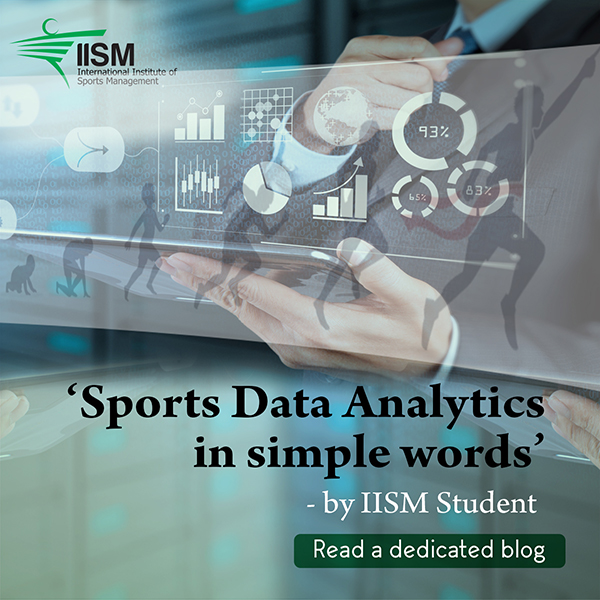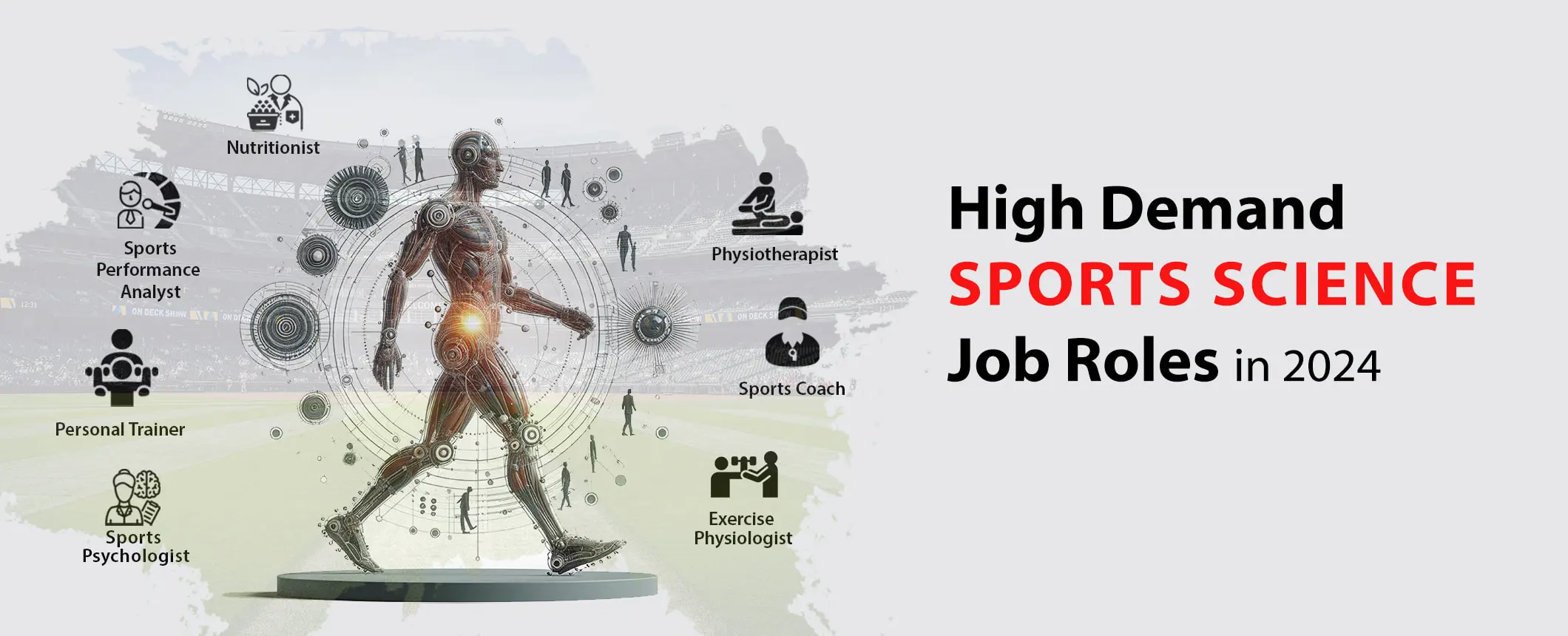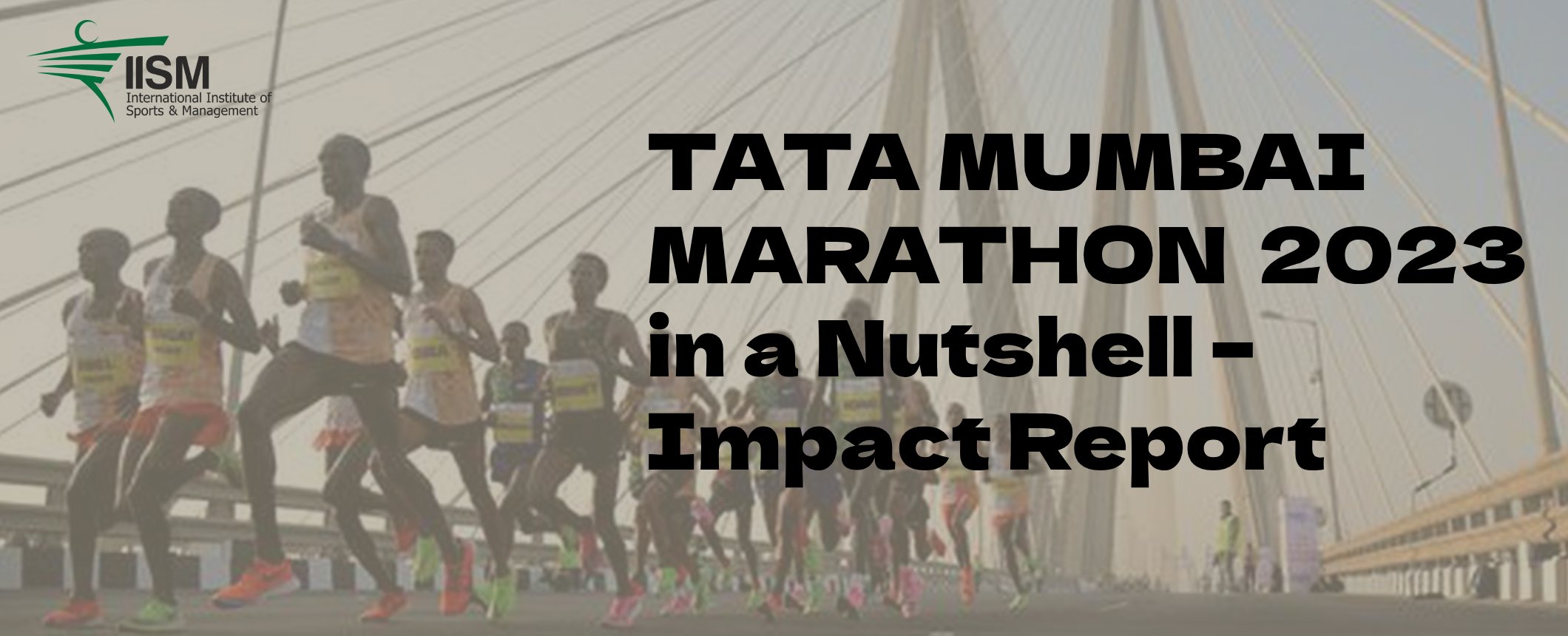Sports Data Analytics in simple words

Data + statistical analysis = sports analytics. That’s the gist of Sports Data Analytics in simple terms. It’s about using the hard numbers combined with complex data analysis methodology, not gut feelings.
Professional sports have become cut-throat competitive where any moment can change the course of the game. Sports teams now have much loyal fan-base and the followers now demand for detailed information. Agencies and team players also are now realizing the necessity for correct performance tracking such corrective measures are often taken after studying accurate performance metrics. As a result, sports management companies are competing to gain a competitive edge against the peers in the field of play. Hence, there is a surge in the need for data sports analytics.
The concept of Data Analytics in sports was caught by the wider public eye in the Hollywood movie called Moneyball in 2011, where the protagonist used technology and real-time data to analyse the team’s performance and draft strategies to make a win.
This vertical includes the use of data related to sports such as extracting data and categorizing it in order to derive various patterns be it players’ statistics, weather conditions, valuable information from experts, etc. and build predictive models around it to make informed decisions. Data management tools, analytical models, information systems are all combined together for the decision-making process. Such information is primarily sought for improving the team performance.
Sports analytics also focuses on building a strong fan-base in order to capture the eye of investors. The sports agencies depend upon such analytical platforms for engaging the investors and increasing the fan-interaction. Accordingly, data and analytics capabilities can provide insights into fan preferences and, through micro-segmentation, even help target promotional offers to specific fans.
Each sport is different with different quite data to be measured, and therefore the analysis will vary with the methodology. Every sport will have different testing metrics to live . That one common element in all the sports pertains to predictive analytics, requiring more data for greater results.
The sublime example of the same would be the Indian Cricket Team selection for World Cup 2019. The data analysts pulled out the data of each and every player of the past three years i.e. since 2017. Selectors were provided with deeper insights on every player; like a certain player’s strike-rate during a particular phase of the match, a batsman’s scoring areas in middle overs, a player’s success rate during the final overs, data on the opposition teams and the pitches where the matches were played, etc. Without this level of data, it would have been a wearying task for the selectors to select the best 15. Not only cricket, but same can be done for sports like Tennis and NBA.
Tennis players, for instance , can use an IBM-driven analytics engine to work out opponent tendencies and the way they modify because the game develops. They can also use this same program to configure training regimes that best fit their physiology.
The NBA has also heavily employed analytics in the past decade. Starting in 2009, it began using a video system that is able to track player and ball movement.
Soccer tends to believe trends and physiological metrics, whereas the NFL’s player-by-player data points are more useful. In short, analytics is helping the teams and the management in a massive way.
In the times , data analytics is an unmissable a part of any successful major sports team. And that’s what makes a ballgame, soccer game, cricket, tennis and boxing just as exciting as ever. Sports analytics just adds another layer to the entertainment.
The use of analytics within the sports industry will only increase because the deluge of knowledge increases. Thanks to tagged equipment and video tracking, a game can generate more than a million data points. And that’s just on the field; imagine how much data flows through the stadium and beyond. As it mines new insights from all those numbers, data analysis in sports is already producing some game-changing results.
For people eager to make a career in sports management and analytics, it’s important to notice that there’s no sign of this field being smaller and it is far from being a vogue. The demand is way but the anticipated supply of experts in sports analytics. The time is right to step into and contribute to this flamboyantly changing field.

Written by Ms. Prajakta Bhawsar
Bachelor’s Degree in Sports Management Batch 2018-21














